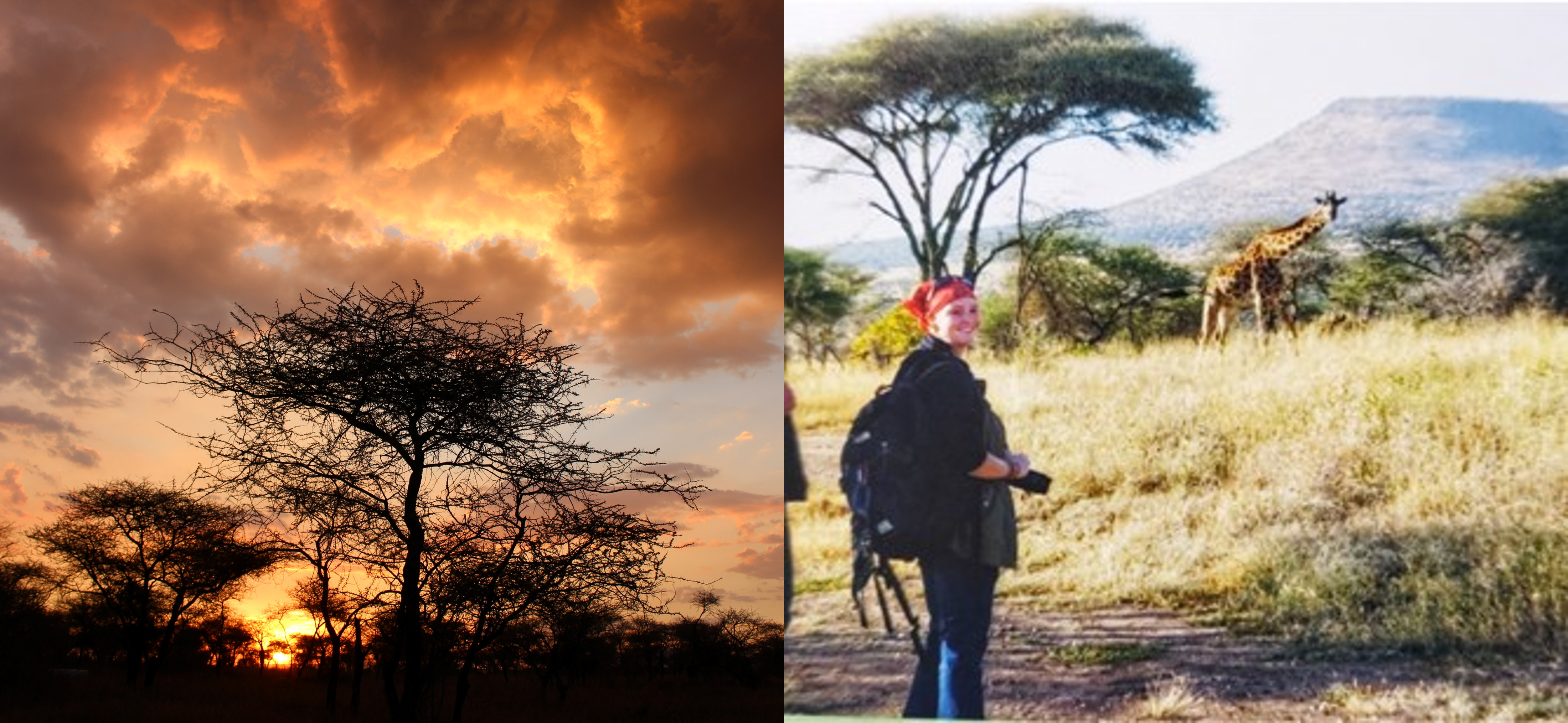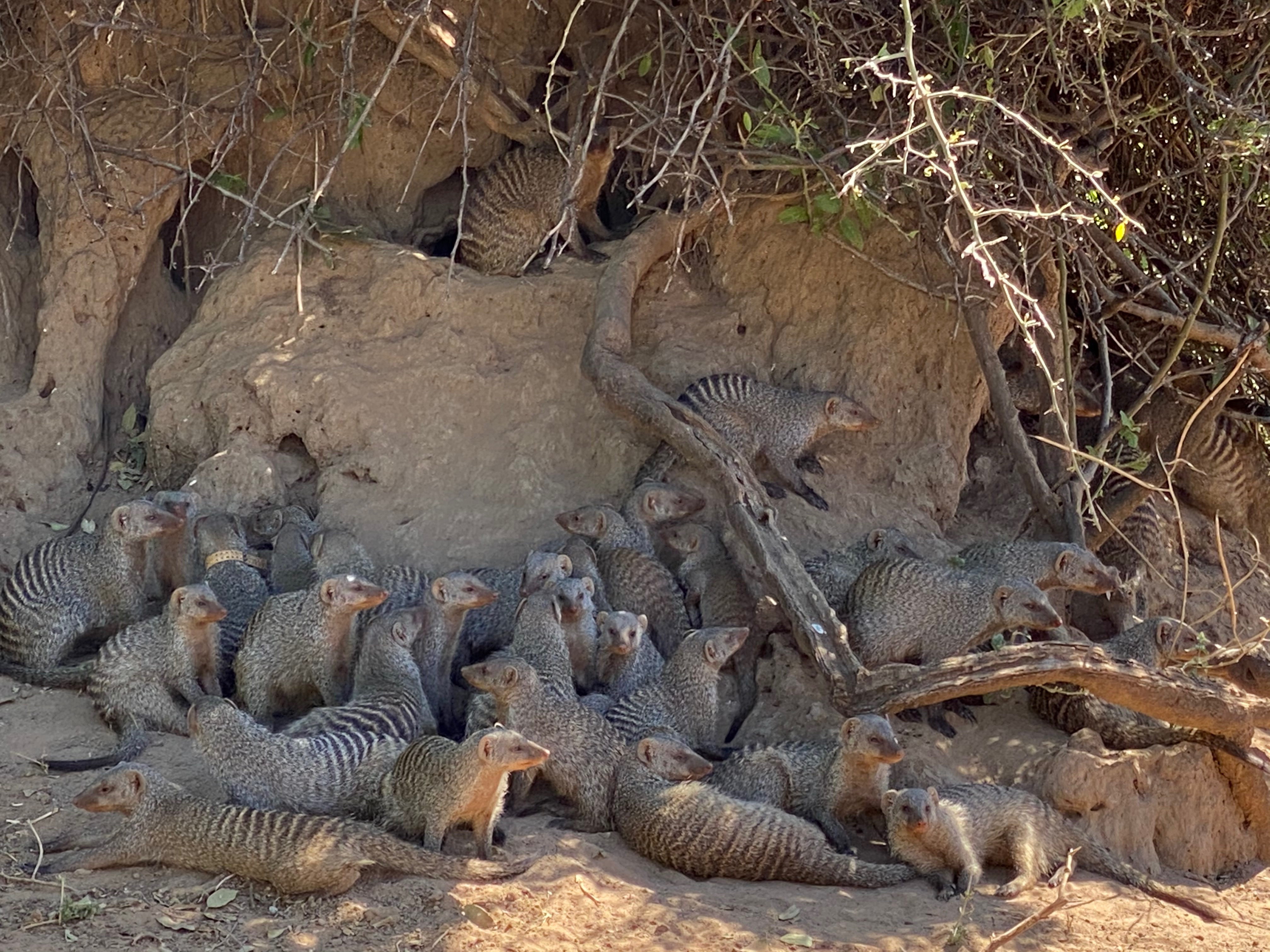How can we study wildlife behaviours associated with disease transmission without altering those behaviours ourselves, via our presence? Authors Van de Vuurst and Alexander share their latest Practice Insights that explore a new method to overcome this problem.
Wildlife research is a job made of calluses, sweat and patience. From sample gathering along stream banks to telemetry surveys across frozen tundra, all wildlife professionals are familiar with physical and emotional strain that our work can have. Fieldwork in particular can take researchers across mountains and through deserts on paths that have little to no record on any map.
The study of natural ecosystems necessitates this intrusion by humans, and brings with it a wide array of challenges and risks. In order for us to understand the systems we covet; we must first integrate ourselves into those systems in one way or another.

The enigma of animal behaviour
Animals, who we both love and sometimes despair over, are not often keen on doing what you want them to do. Having grown up on a farm in rural east Tennessee, I have long been made familiar with the frustration that comes with trying to get a donkey from point A to point B without catching a hoof to the chest in the process. These challenges persist, and are exacerbated, when dealing with non-habituated species (i.e. animals who are not accustom to human presence).
At the intersection of epidemiology and wildlife behaviour, it is often true that researchers find themselves with a quandary. How does one study the behaviours that lead to disease transmission in wildlife, without altering those behaviours via your presence on the landscape? Pathogen transmission processes are complex, and can be variably impacted by behavioural interactions that occur between and among hosts, pathogen communities, and the environment.
As such, habituation (i.e. the act of creating reduced reactivity to human presence via repeated exposure to humans), is often a vital tool used to collect behavioural and social data from a variety of different species.
It can be argued, however, that data collected from habituated animals are innately biased by observer presence. Furthermore, even if animals are habituated to human presence, this does not negate the other dangers that can accompany wildlife observation. Exposure to the elements, predator attacks, and zoonotic diseases can make even the most adventurous field technician hesitate and the looming shadow of a field accident can haunt the dreams of supervisors and administrators alike.
This scenario was epitomized when I began working with the team at the Alexander WildLab at Virginia Tech.
The banded mongoose
In northern Botswana there is a small, social carnivore known as the banded mongoose (Mungos mungo). Dr Kathleen Alexander has been studying this species for years and has discovered that they can be infected with a novel tuberculosis pathogen called Mycobacterium mungi. This bacterium causes disease in the mongoose, leading to sickness and even death for some individuals.
Mongoose spread the pathogen to one another via scent marking behaviour, when anal gland secretions come into contact with the noses of uninfected individuals. As such, it is incredibly important for us to understand how the frequency of scent marking behaviours and other factors that impact mongoose behaviour may change or be exacerbated if we are to manage mongoose conservation efforts.
While other banded mongoose populations have been successfully habituated to facilitate behavioural studies, this acclimatization process is not possible in northern Botswana due to multiple factors.
Needless to say, we found ourselves in quite the pickle. As with many problems in the wildlife field, technology presented a possible solution.

Accelerometers are small devices that can often be found in smart watches and pedometers. They measure movement across three axes (vertical, horizontal, and forward/backward) and can quantify how often or for how long these movement occurs.
In the same way that an accelerometer can tell you how many steps you have walked, we hypothesized that it might be possible for an accelerometer to be used to track mongoose movement without the need for human observation. As a proof of concept, we decided to deploy collar accelerometers on captive mongoose at the Chobe Research Institute to see if the use of these devices in the field was feasible.
Interestingly, we found that we could reliably identify three specific behaviours from the accelerometer data that we collected. These behaviours included scent marking, running and vigilance behaviours where mongoose stand up on their hind legs to look for potential danger.
All of these behaviours are important measures of mongoose activity and could be used to analyse potential disease transmission in the wild.
For example, if mongoose in particular environments scent mark more frequently or experience increased stressed leading to an abundance of vigilance, they could be a greater risk for infection. Furthermore, we could potentially use this data to quantify how human activity in mongoose territory can impact their behaviour and subsequent disease risk. This type of information will be invaluable as human populations continue to expand and develop.
The success of this trial could preclude a vast expansion of wildlife disease behavioural study that does not include the potential biases of habituation, nor the same level of danger to researchers that previous methods have required.
This exciting new application of technology can be explored in more detail by reading our latest article linked below.
Read the full Practice Insights: “Identifying social behaviours related to disease transmission in Banded Mongoose from accelerometer data” in Issue 4:3 of Ecological Solutions and Evidence.
